Farmers in Georgia aren’t the only ones who see a bright future in the vegetable industry. A longer growing season in Georgia can excite the interest of local gardeners; in fact, certain vegetables can be grown every month of the year. The secret to a flourishing vegetable garden in Georgia is careful preparation. Below we learn Georgia vegetable planting calendar, month-by-month gardening in Georgia, winter and summer vegetables in Georgia, fruits and vegetables that grow in Georgia, and about the hardiness zones of Georgia.
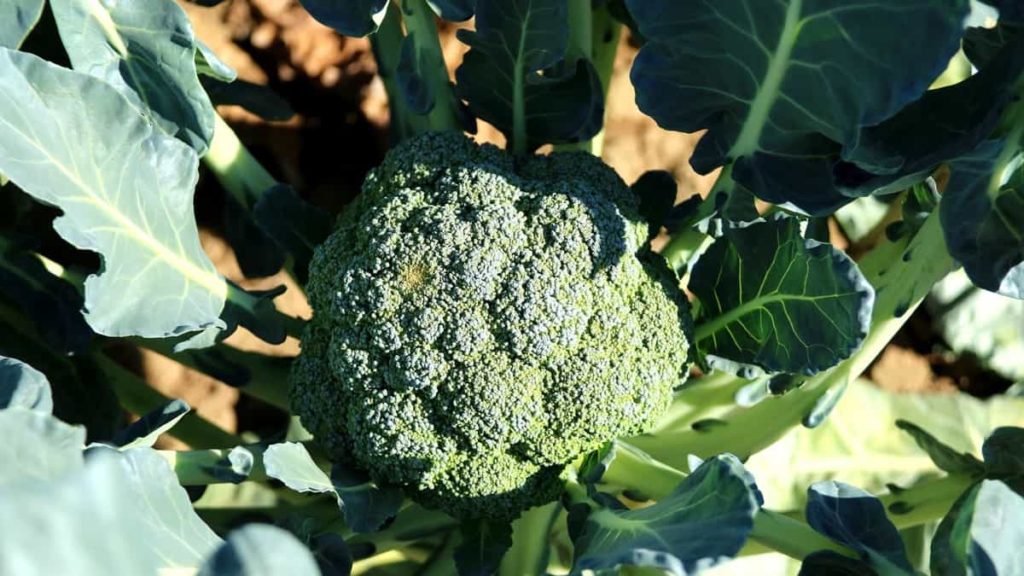
Georgia vegetable planting calendar (GA)
What zone is Georgia for planting vegetables?
Conditions in this southern state are characteristic of the region. Georgia is an example of such a state. Georgia has mild winters and long, hot, rainy summers that vary from nice to gorgeous. The southern lowlands could only receive around 50 inches of precipitation a year, whereas the highlands might get 75. Georgia has more sunshine days than any other state, with an annual average of 217 compared to the national average of 205.
The southern state of Georgia is the warmest, with a planting zone of 6a to 9a. The first step in successfully planting a garden is determining your location. When choosing plants, it’s essential to consider when the first and final freezes will occur in your area to increase the likelihood of their survival and growth. A Planting Zone Map can help you determine whether you are in the proper area of Georgia for growing your desired plants.
You may create a huge, beautiful, fruitful garden that lasts for many seasons if you learn about the planting zones in Georgia. There are several distinct planting zones in Georgia, each of which is ideal for certain types of plants. Flowers such as bachelor buttons, petunias, cosmos, cockscomb, and verbena either naturally occur in the state or maybe grown there. Vegetables are best harvested in spring and late summer.
Therefore, time is crucial in landscape planning. Georgia is an ideal growing environment for a wide variety of winter vegetables. The usage of spring gardens is not limited to growing brassicas. It’s possible to reap the benefits of the spring and fall planting seasons by putting some vegetables on the ground.
What are the best vegetables to grow in Georgia?
Cucumbers, lima beans, collard greens, and turnip greens are all grown in Georgia at a higher rate than anywhere else in the United States. These are some of the easiest vegetables to grow in Georgia. Snap beans, carrots, cabbage, sweet corn, cantaloupes, bell peppers, southern peas, squash, and tomatoes are just a few other veggies grown on over 5,000 acres.
The southwestern region of Georgia is responsible for producing almost two-thirds of the state’s vegetable crop. This area’s favorable climate, abundant water supply, and proximity to major transit routes have long made it a desirable spot for vegetable gardening and farming. Below is a month-by-month vegetable planting calendar; refer to it.
What vegetables can I plant in February in Georgia?
Planting sweet peas now will result in a fragrant harvest in the future. You can also try winter daphne, which has beautiful and aromatic flowers. If you plant some vegetables now, such as English peas, onions, and garlic, you should have good results when you harvest them in the spring. These are some of the easiest vegetables to grow in Georgia.
In case you missed it: Florida Vegetable Planting Calendar (FL): Month Wise Chart, Zone 8, Zone 9, Zone 10, Zone 11, and Seasons
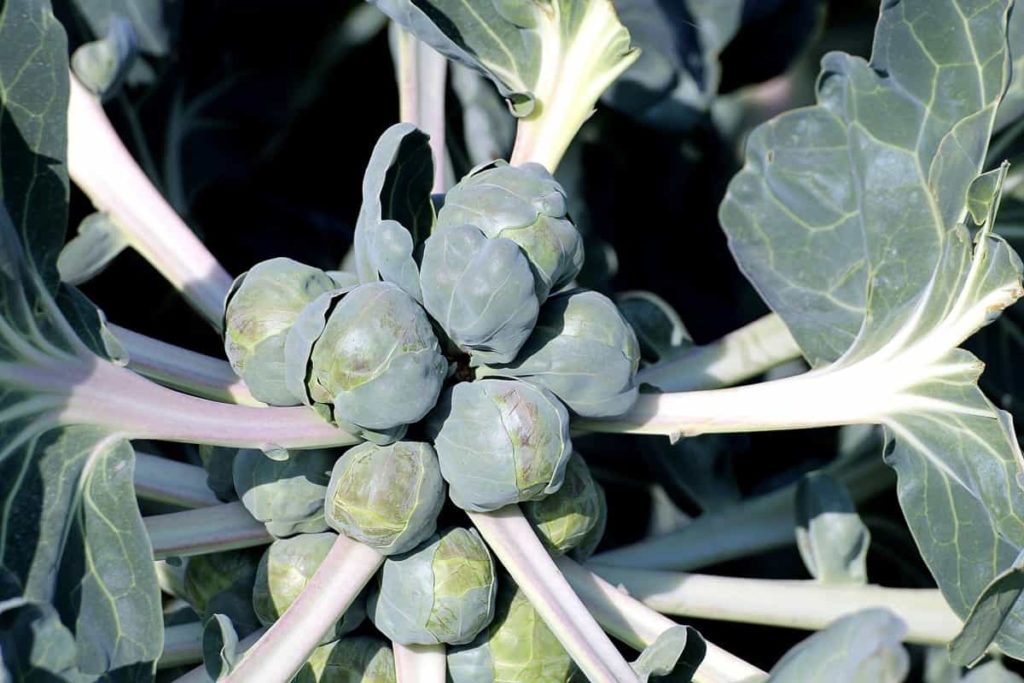
When should I start my garden in Georgia?
Most of the year, you can either tend to your garden or reap its rewards. However, the months of March through May and September through November are the two most common times to plant (mid-July to September). Harvesting occurs in June and July for spring plantings and October through December for autumn crops.
Extreme South Georgia can see planting dates increase to three weeks sooner in the spring and as much as two weeks later in the autumn. Planting seasons in the north Georgian mountain counties are later by one to three weeks in the spring and around two weeks in the autumn than in the southern lowlands.
When should I plant tomatoes in Georgia?
Tomatoes are one of the easiest vegetables to grow in Georgia. When starting tomato plants from seed inside, you should do it between four and seven weeks before planting them outside. You can also get transplants at garden centers that are all set to be planted right now. Using a sand-and-perlite mixture and plenty of sunlight, you can successfully grow plants from seed. Harden off your houseplants by gradually increasing their daily light exposure to around 12 hours a week before you intend to relocate them outside.
Midway through March to early May is when you can safely put out your tomato plants into the garden. Planting tomatoes again in late July allows certain southern Georgia regions to harvest a second crop. Tomatoes are warm-season crops that thrive in sunny locations with temperatures between 70 and 80 degrees Fahrenheit. Ideally, you’d choose a spot with at least eight hours of sunshine daily.
When can I plant potatoes in Georgia?
Growing potatoes is a breeze; you can use them to feed your family and friends. Since they are a cool-season crop, Georgian gardeners often grow potatoes in the early spring. A successful harvest depends on the homeowner providing ideal growing conditions, including high-quality soil, sufficient water, and fertile fertilizer. The best potato varieties to grow, how to plant them, care for them, and deal with difficulties are all covered in this book.
Thin-skinned potatoes, often known as Irish potatoes, are the most prevalent kind grown in Georgia. The thick, russet-skinned supermarket potatoes are not suited to the warm climate of the South. White-skinned and red-skinned cultivars and those with yellow, pink, or purple flesh are all excellent choices for producing potatoes.
Ultimately, your preferred flavor profile should guide your decision about available options. Since they retain moisture and flavor well, white-skinned potatoes are a consumer favorite. Red-skinned types are conversation starters at the dinner table due to their eye-catching color, distinctive texture, and flavor. You can get purple (Caribe) and yellow (Agria and Yukon Gold) potato varieties suitable for cooking in the oven or broiler.
When should I start my seeds in Georgia?
To know when to plant your seeds, you need just know when the last frost is likely to occur in your location. To give you an idea, if the usual latest frost date in your location is April 10, you should plant a seed between February 11 and February 25. The best time to begin seedlings indoors is often detailed on the back of the seed package.
For optimal germination, you should also ensure that the flats or containers where you are beginning your seeds are maintained within a suitable temperature range. The good news is that most people find seed germination and plant development optimal at the same temperatures (65–75 degrees F). It’s essential to give the seedlings additional space as they grow by moving them to new containers containing potting soil.
What can I plant now in Georgia?
Fall gardening in Georgia
Throughout the United States, gardening comes to a close in the autumn when the temperature drops below 50 degrees. When the gardening season is over, many people sigh in relief. However, the fact that Georgia has a rather temperate climate throughout the year extends the growing season. The USDA designates these zones as 7a-8b, including most of the state. This implies that you can grow a second crop of vegetables in the late summer or early autumn, in addition to your spring garden.
In case you missed it: How to Start Eggplant/Brinjal Farming in Malaysia: Check How this Guide Helps to Grow Eggplant
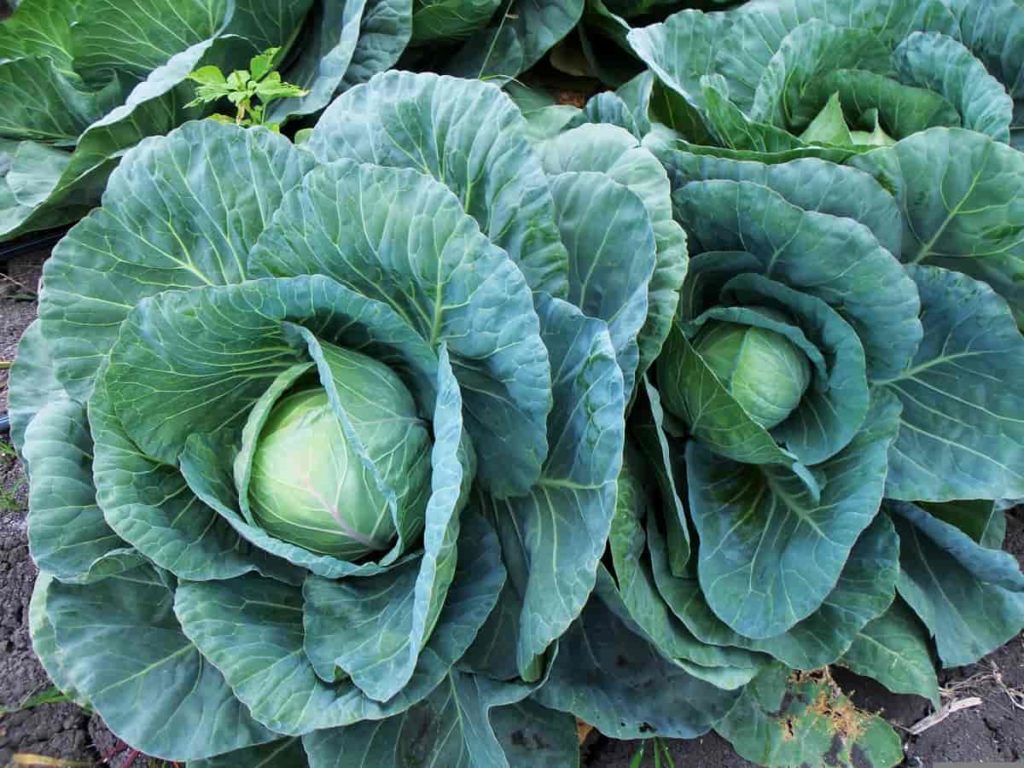
If we plant a fall garden, those with a green thumb may enjoy freshly produced veggies from our gardens far into the autumn and winter. Gardening in the autumn is preferable since the weather is cooler and the work is less strenuous. There are fewer insects to deal with in the autumn, which is a huge plus. However, fewer insects imply fewer pollinators, which limits what kinds of crops can be grown. Even if your location doesn’t often get frost, you may want to cover your autumn crops just in case.
The autumn garden is not a free-for-all where you can throw in any old plants. Tomatoes and watermelons, which rely on pollinating insects to produce fruit, will not grow at this time of year due to the chilly temperatures and the absence of those insects. Keeping this in mind, the best crops to sow in the autumn are those that don’t need to be pollinated and can withstand a little frost. Broccoli, cabbage, carrot, cauliflower, collard greens, kale, and mustard greens are all examples of green vegetables.
Spring gardening in Georgia
Repeat plantings of quick-maturing vegetables like turnips, mustard greens, radishes, and “spring onions” can be done in March. Plants should be thinned when they are 2–3 inches tall to have space to develop. Finish the tasks that were started in February but not finished that month. Seed-borne diseases, seed deterioration, seedling “damping off,” and soil insects like seed-corn maggots can be avoided by pre-plant treatment or purchasing treated seed. If the soil is still chilly when planted crops, they can benefit from nitrogen side-dressing.
Water the fertilizer after placing it a few inches away from the plants. An even application of fertilizer throughout the growing season is preferable to a massive application all at once. To prepare transplants for life in the garden, put them in their pots in a covered area for a few days before planting. Prep your rows for planting warm-season veggies in the final week of March or the first week or two of April, depending on the weather.
Some more fragile plants might benefit from being planted outside and protected from the elements during inclement weather. Plant lice, cutworms, and red spider mites are just a few of the insects you should keep an eye out for. Spread mulch in planting spaces to prevent weed growth. Choose from snap beans, pole beans, sweet corn, cucumbers, eggplant, okra, lima beans, cantaloupe, field peas, squash, tomatoes, peppers, and watermelon for your warm-season or “frost-tender” crops.
These are some of the easiest vegetables to grow in Georgia in Spring. To prevent other veggies from being shaded, plant tall crops like pole beans, okra, and corn on the north side of the garden. If you want your corn to be pollinated successfully, plant it in at least two rows. Plant corn, snap beans, and squash a second time 2–3 weeks after the initial planting. Additional lima beans and maize plantings should be done within three to four weeks following the first.
Remember that planting in clusters of two or more rows will provide the best pollination. Ensure you grow enough veggies to preserve in cans and freezer bags. Cultivate the area for better weed and grass management, loosen compacted soil, and increase airflow. Protect the mulch in the spaces between plants. This kind of side-dressing should be used on the earlier planted crops. Grow some delicate plants. To prevent the spread of diseases, you should avoid working in your garden while the foliage is damp.
Third vegetable plantings for April should be made. Cut down on the weeds and grass since they will compete for resources like water and nutrients if left unchecked. For plants like eggplant, Irish potatoes, tomatoes, peppers, okra, and lima beans, it’s essential to track down mulching materials. Use once plants have been established but before drought periods. As the pole beans begin to run, they will adhere more easily to the trellis or sticks if they have already been connected.
If you want to grow tomatoes, try growing a couple of them on stakes or trellises. Suckers should be cut off, and plants should be tied now. Mexican bean beetle, Harlequin cabbage bug, tomato hornworm, tomato fruit worm, blister beetle, Colorado potato beetle, bean leaf beetle, cabbage worm, cucumber beetle, and squash bug are among the “10 most desired” pests. Early detection permits early management. Start controlling the sickness as soon as possible.
Get in touch with the county’s Extension office for further details as much as you need. Whenever necessary, mulch. If you want to avoid or prevent the same issues during the following planting season, you should keep a record of them. Take note of tried and true methods and fruit/vegetable varietals that yielded good results. Think ahead and prepare to preserve part of your garden’s bounty. If you want further information, you should contact the county Extension office in your area.
Winter gardening in Georgia
How cold your region of Georgia gets affects what kinds of winter veggies you can plant there. The northern Blue Ridge Mountains can experience frigid winter lows of 0 to 5 degrees Fahrenheit. Vegetables like Vidalia-style sweet onions are more adaptable to the middle Georgia climate.
In case you missed it: Top 31 Vegetable Garden Ideas at Home: Check How this Guide Helps Beginners
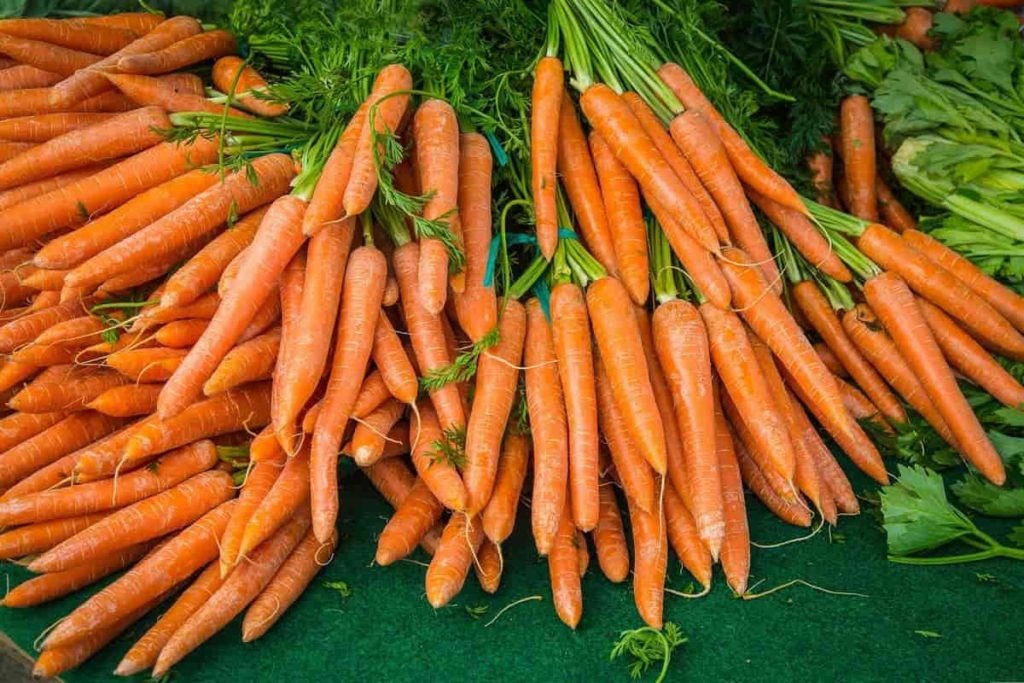
Constructing a cold frame or low tunnel can shield your winter crops from harsh weather. Cover your frame with glass or plastic and build it to a size of 3 feet broad by 6 feet long. Add a hinge to one end, and you can raise it like a lid to tend to the plants within. Your cold frame can be protected against sudden drops in temperature by being covered with old blankets or burlap sacks; if the weather returns to normal, the coverings can be easily removed.
Mulching your winter crops is a fantastic strategy to keep them warm and prevent damage from the cold weather. You can also keep the moisture at the vegetable roots by using mulch. Grass and leaf clippings that have been shredded are beneficial since they break down quickly. Vegetable garden plants require at least two inches of mulch to prevent drying, but more is needed for cold weather protection. Overwintering root crops like garlic, onions, and parsnips benefit most from the mulch’s protective blanketing effect.
Growing vegetables in Georgia’s central and northern regions are ideal because of the late summer and autumn planting windows that allow for early winter harvests. Beets, collards, kale, broccoli, carrots, lettuce, peas, and spinach. In Atlanta and central Georgia, such veggies will thrive but won’t survive the winter. Southern Georgia is also good for growing cabbage, cauliflower, brussels sprouts, mustards, and turnips.
Transplants are your best bet for starting a winter food garden. The typical harvest time for autumn crops is between 70 and 90 days. Kale and collard greens take 45-60 days to grow to maturity and are more frost-resistant than mustard greens and turnips. Beets and Swiss chard should be planted before the first frost. The best time to plant carrot seeds for a spring crop is September through October.
Summer gardening in Georgia
Produce can be extended, and quality can be maintained by regularly harvesting vegetables like beans, cucumbers, peas, squash, and okra. A high-hog diet in June and July can provide adequate food for winter storage. When the tops of onions and Irish potatoes have died down about two-thirds, you can pick them. When storing your potatoes and onions, keep them in a cold, dark spot and a dry, airy one, respectively.
Once early crops have finished yielding, you may clear them out, replant them, or leave them fallow for later use as much as you need. Prepare the soil for sweet potatoes and a second crop of Southern peas. Gardening preparations for autumn should begin now. The grass should not be allowed to go to seed. The soil should be left fallow to assist minimize nematode populations and retain moisture for autumn crop germination. Remove debris from harvested rows right away to avoid attracting pests and diseases.
Tomatoes, okra, maize, pole beans, and lima beans should all be planted by July 20 to ensure harvest before frost. Get in touch with nature by growing squash, snap beans, and cucumbers. Water thoroughly and less often than you would otherwise to reduce drought stress. Create a spooky display with a massive pumpkin. While on vacation, have a neighbor pick produce from your garden and water it. Applying mulch to your garden is an easy way to keep weeds at bay and retain soil moisture.
In case you missed it: How to Start Gardening at Home for Beginners: A Full Planting Guide for Flowers, Fruits, Herbs, and Vegetables
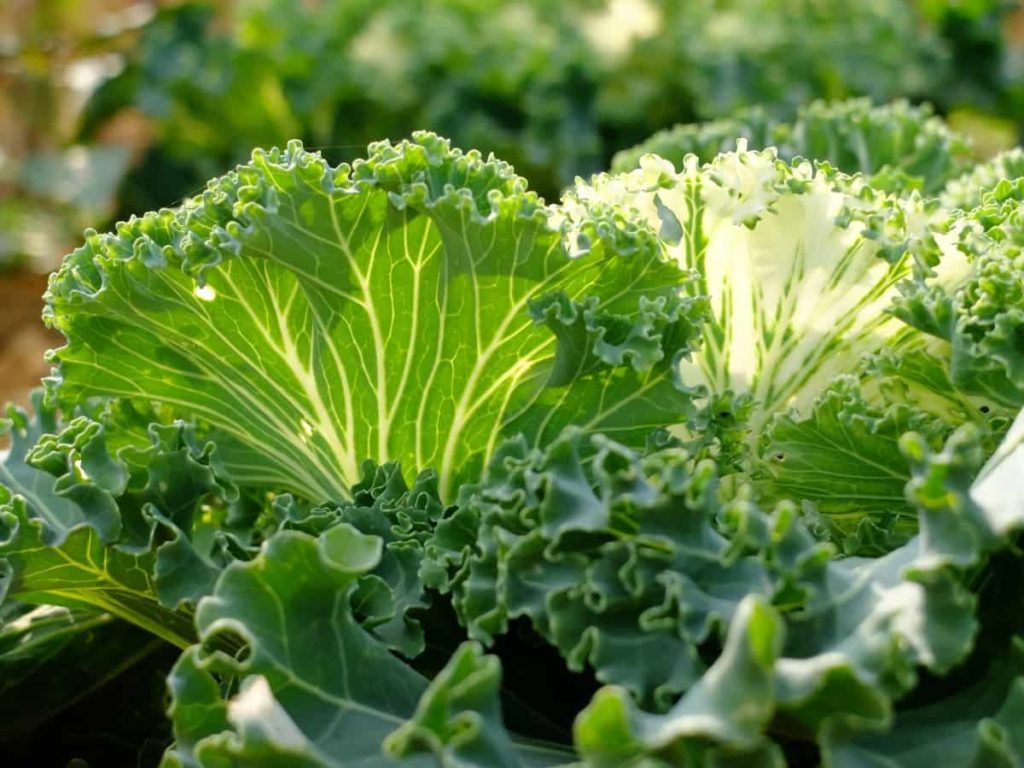
To avoid missing out on harvests, plant the following by the due dates: On the fifteenth of August, you may look forward to snapping beans and Irish potatoes (seed can be sprouted 2 to 3 weeks before planting). Plant cultivars resistant to downy mildew; cucumbers and squash; August 31. Determining the frost date and working backward from the number of days to harvest + 18 days yields the planting date. Assuming a November 15 frost date and a 55-day growing season for snap beans, planting time should be no later than September 3.
Broccoli, collard greens, cabbage, cauliflower, kale, and onion seeds should be started in a somewhat shaded location and planted in the fall. These are some of the easiest vegetables to grow in the summer in Georgia. Get the ground ready for cool-season crop planting in September and October. If you fertilize and get the ground ready for rain, it will help the rows settle, and the seeds will have a better chance of germinating once you plant them.
If germination requires watering, prepare a seedbed by opening a furrow, adding water, planting seeds, and then covering the area. The transplanted plants should be treated with a starter solution. Keep the garden from drying out by watering it as required.
Georgia vegetable planting calendar
Below is a Georgia vegetable planting calendar, a month-by-month vegetable chart that guides you in planting vegetables.
| Vegetables | Zone 6 | Zone 7 | Zone 8 | Zone 9 |
| Beans | May to mid-Oct | Apr to mid-Oct | Mid Mar to mid-Oct | Mid Feb to May Sep to Nov |
| Beets | Mid Mar to June mid-July to mid-Oct | Mar to May Aug to Oct | Mid Feb to mid-May mid-Aug to mid-Nov | Feb to Apr mid Sep to Nov |
| Broccoli | Mar to mid-June mid-July to Oct | Mid Feb to May Aug to mid Nov | Feb to mid-May Aug to Nov | Mid Jan to Apr mid aug to mid dec |
| Brussel Sprouts | May to Oct | Mid Apr to mid-Sep | Apr to Aug | Mar to Jun |
| Cabbage | May to Oct | Mar to mid-June mid-July to Oct | Mid Feb to May Aug to mid-Nov | Feb to mid-May Sep to mid-Dec |
| Carrots | Apr to June Aug to Oct | Mar to mid-June Aug to Oct | Mid Feb to May mid-Aug to mid-Nov | Mid Feb to may mid Sep to mid dec |
| Cauliflowers | Mar to mid-June | Mid Feb to May Aug to mid-Nov | Feb to mid-May mid-Aug to Nov | Feb to mid-May Sep to mid-Dec |
| Corn | May to Sep | May to Aug | Mid Apr to Aug | Mid Feb to May mid-Aug to Nov |
| Cucumber | May to Sep | May to Aug | Mid Apr to Aug | Mid Feb to Ma mid-Aug to Nov |
| Kale | Mid mar to mid June Aug to mid Nov | Mar to May Aug to mid Nov | Mid Feb to mid-May mid Aug to mid Nov | Oct to Dec |
| Lettuce | Mid Mar to mid-June Aug to Oct | Mar to May Aug to Oct | Mid Feb to May mid-Aug to mid-Nov | Mid Jan to Apr mid-Sep to mid-Dec |
| Onions | Mid- Mar to Aug | Mar to Aug | Mid Feb to Aug | March to May |
| Peas | Mid Mar to May Aug to Oct | Mid Feb to mid-May mid-Aug to mid-Nov | Mid Feb to mid-May Sep to mid-Nov | Jan to march Oct to mid-Dec |
| Peppers | Mid Mar to Sep | Mar to Sep | Mid Feb to mid-Sep | Jan to May mid-July to Nov |
| Spinach | Mar to June mid-July to oct | Mar to June Aug to mid-Nov | Mid Feb to May Sep to Nov | Mid Jan to Apr mid-Sep to mid-Dec |
| Squash | May to Sep | May to mid-Oct | Mid Apr to mid-Oct | Mar to Jun |
| Tomato | Mid Mar to Sep | Mar to Sep | Mid Feb to mid-Sep | Jan to May mid-July to Nov |
In case you missed it: How to Start Sweet Potato Farming in Asia: A Guide of Cultivation for Beginners
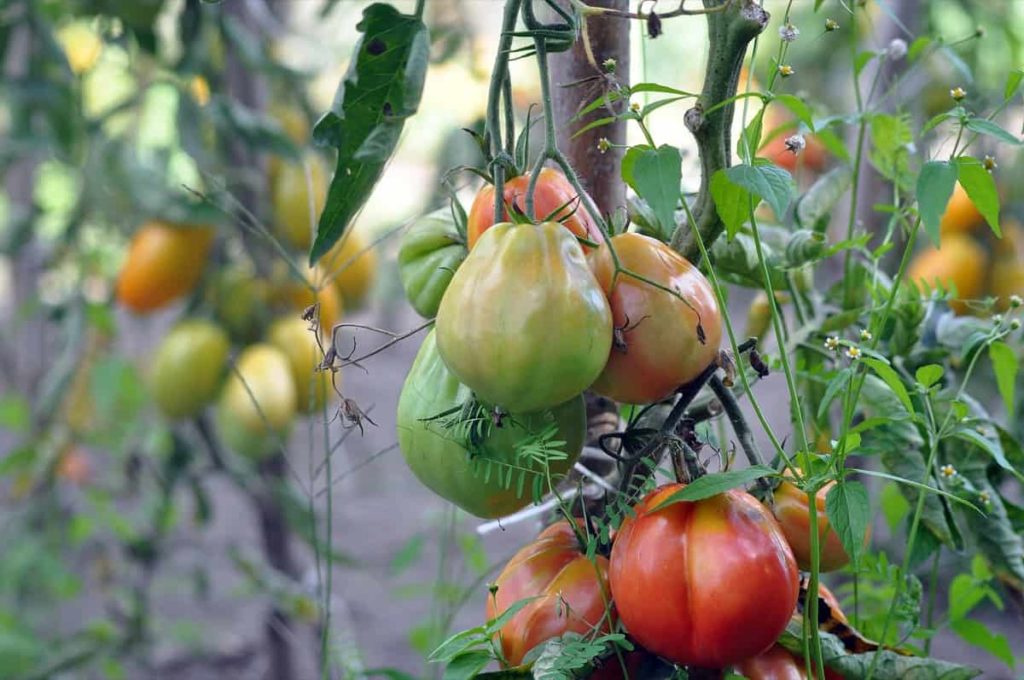
Conclusion
If you want a little or large crop, plan your garden early. Your well-kept garden will provide fresh herbs and veggies throughout the summer if you stick to Georgia’s above month-by-month chart/vegetable planting calendar. If you live in the following towns, cities, and counties of Georgia (GA) of Zone 6, Zone 7, Zone 8, and Zone 9 in the United States, this article may be helpful to understand the vegetable planting calendar, month-wise chart along with planting seasons.
| Atlanta | Tifton |
| Savannah | Griffin |
| Augusta | Pooler |
| Athens | Hinesville |
| Macon | Suwanee |
| Marietta | Ellijay |
| Valdosta | Snellville |
| Helen | Waycross |
| Alpharetta | Acworth |
| Rome | Dawsonville |
| Lawrenceville | Milledgeville |
| McDonough | Winder |
| Stone Mountain | Loganville |
| Newnan | Blairsville |
| Covington | Sandy Springs |
| Decatur | Peachtree City |
| Warner Robins | Dahlonega |
| Douglasville | St. Simons |
| Cumming | Americus |
| Kennesaw | Austell |
| Norcross | Villa Rica |
| Cartersville | Morrow |
| Conyers | Fairburn |
| Buford | Grovetown |
| Statesboro | Cordele |
